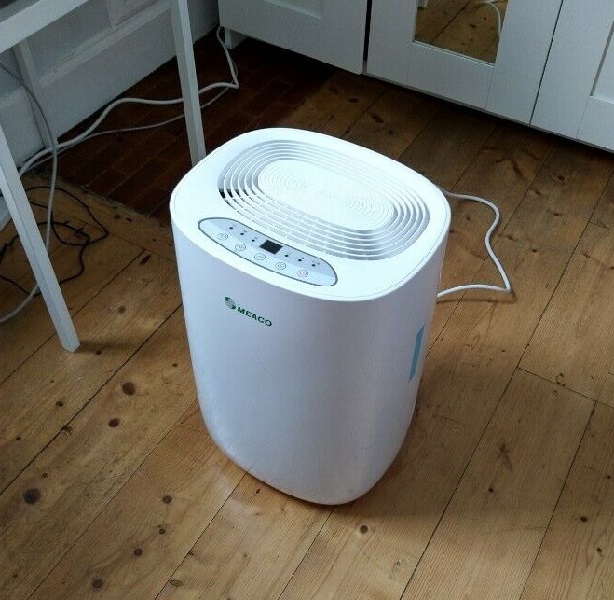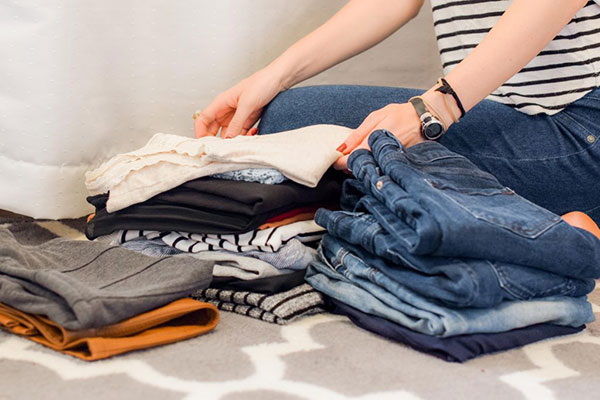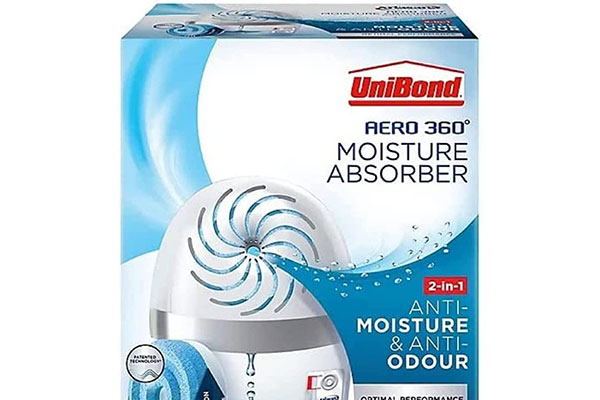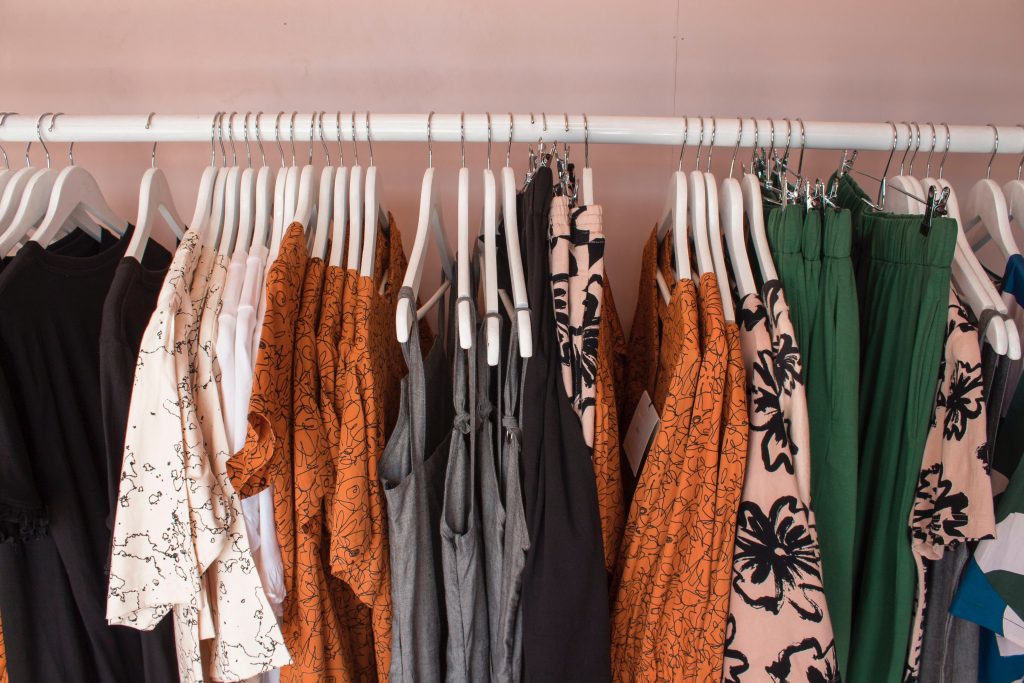Welcome to our article on the Dehumidifier vs Tumble Dryer! We will compare the two and see which is the best for drying clothes. We will compare, drying time, running costs, space requirement, end product and noise.
In summary, whether you should use a dehumidifier or a tumble dryer depends on your circumstances! If you have a separate utility room and want clothes dried fast, a tumble dryer may be best. If you have less space and prefer a more natural ‘hang-dry’ finish then a dehumidifier may be the better option. The dehumidifier is also the more energy-efficient method of the two! Find out more about drying clothes with dehumidifier here.
First off, we will cover the attributes of the dehumidifier and tumble drier individually. We will then compare them head to head!
The Dehumidifier
The Dehumidifier works by removing humidity from the air. As the air becomes drier, this increases the rate of evaporation from damp objects. Wet clothes will dry faster than usual in a dry environment. The same way dehumidifiers dry out damp walls is what lets them dry wet clothes.
- Drying Time – 2-4 hours
- Running Costs – Low
- Space Requirement – Minimal
- End Product – Hang dry finish
- Noise – Low
- Also used to reduce humidity throughout the home.
- Separate small room required for optimal drying.

Meaco Portable Dehumidifier DD8L Junior
- Laundry mode
- Electronic humidistat
- Capacity: 8L
- Tank: 2L
- Low Energy Consumption
The Tumble Dryer
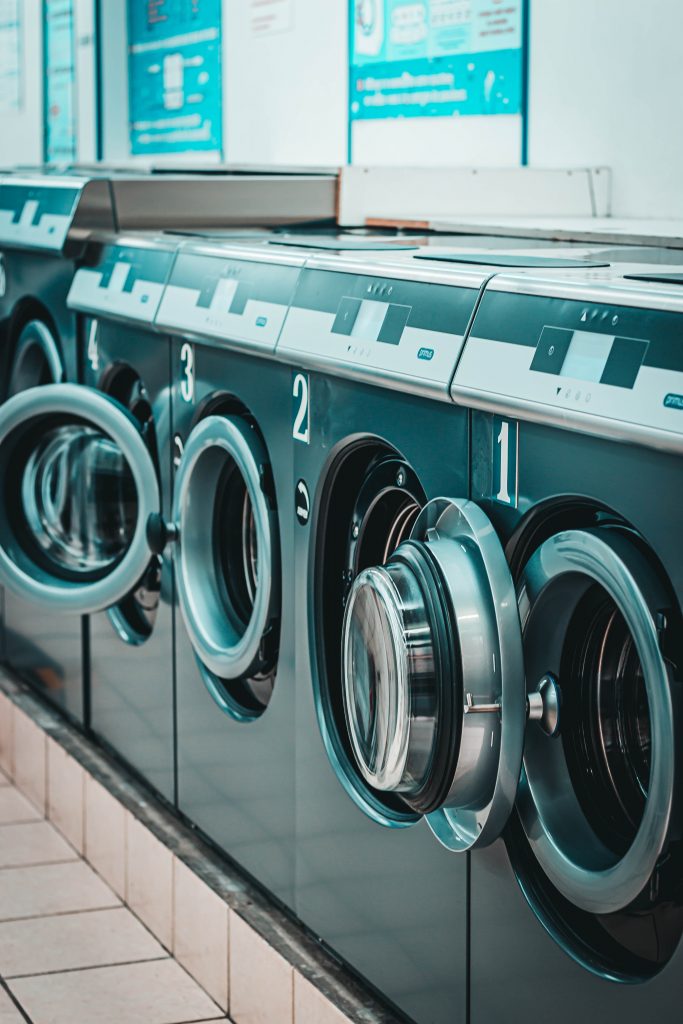
The Tumble Dryer dries clothes by using methods similar to that of a washing machine and a hairdryer. Wet laundry is rotated inside a drum whilst hot air is blown through it. The hot, damp air is then piped outside or into the room.
- Drying Time – 1-2 Hours
- Running Costs – High
- Space Requirement – Medium
- End Product – Dry clothes quickly but potentially damaged or shrunken.
- Noise – Medium / High
- Can cause the room to increase in temperature and humidity if hot air isn’t piped outside
- Noise, moisture, and vibration can be disruptive if you do not have a separate utility room.
- High repair costs

9kg Capacity Drying Load, Timed Drying Options Inc Delay Start & Active Sensor Technology, In Door Visible Water Container
Drying Time
Dehumidifier
The Dehumidifier takes longer to dry clothes. This is because the dehumidifier relies on drying out the surrounding air first. The dry air created by the dehumidifier is what actually dries the wet clothes! For this to work well you need to put the clothes and dehumidifier in the same room. To properly dry clothes with the dehumidifier it is best to shut the door to the room being used.
Tumble Dryer
The Tumble Dryer dries clothes a lot faster than the dehumidifier. This is because it uses more energy than the dehumidifier. The tumble dryer uses hot air through a rotating drum to dry clothes quickly. The tumble dryer also allows you to simply throw all the clothes inside the machine. To dry clothes with a dehumidifier they must be hung up using something like a clothes horse.
The Verdict – If you want to dry your clothes QUICKLY and with minimum effort then the tumble dryer is the winner here. The quick-drying comes at the cost of higher energy costs, more noise and potentially damaged or shrunk clothes. A large dehumidifier can still dry clothes much faster than regular air drying.
Running Costs
Dehumidifier
According to this appliance energy calculator, the above dehumidifier (160 Watts) would cost 11.38 pence to run for 4 hours based on December 2018 UK energy tariffs. This places the dehumidifier as a cheap drying solution!
Tumble Dryer
According to the same calculator. a standard tumble dryer (2400 Watts) would cost 42.67 pence to run for 1 hour based on December 2018 UK energy tariffs. The Tumble dryer costs 4x as much for 1/4 the time!
The Verdict – The dehumidifier blows the tumble dryer our of the water on running costs. Assuming you could dry a load in 4 hours with the dehumidifier vs 1 hour for the tumble dryer, the dryer is 4x more expensive. This makes the dehumidifier a great option for drying clothes if you are concerned about energy efficiency.
Space Requirement
Dehumidifier
Drying clothes with the dehumidifier takes up more space than the tumble dryer. The appliance itself takes up less space, however. Drying clothes with the dehumidifier requires you to hang the clothes in a small room and leave the dehumidifier running. The clothes need to be hung properly with some space in between for air circulation!
Tumble Dryer
Drying clothes with the tumble dryer undoubtedly takes less space. The appliance takes up more space than the dehumidifier though. It is also noisier and can cause a lot of humidity and heat to be released without proper ventilation. The bonus is being able to dry a load of washing in one small drum.
The verdict – The dehumidifier takes up less space than the tumble dryer and is portable, allowing for storage when out of use. The dehumidifier also emits much less noise, no vibration and does not cause excess humidity. The drying process itself takes more space with the dehumidifier as you need to hang all the clothes neatly in a small room with the appliance.
End Product
Dehumidifier
The dehumidifier produces nice, fresh hang dry finish clothes. This results in less wear and tear on your clothes as well as less chance of shrinking. The dehumidifier undoubtedly produces the best end product! Items such as wooly jumpers are often ruined in tumble dryers, not so with a dehumidifier.
Tumble Dryer
A Dryer can dry a large amount of washing quickly. This often comes with a cost though. Everyone has had at least a few items ruined by a tumble dryer in the past! Jeans losing their colour, jumpers and favourite T-shirts being shrunken. The speed and efficiency come with a cost!
The verdict – The dehumidifier produces a better end product without a doubt. Nice, hang dried clothes that require less ironing than those from the dryer. Clothing dried in the dryer is prone to shrinkage, wear and tear from abrasion and colour loss. Clothing hang dried requires less time to be spent on ironing than clothes from the tumble dryer.
Noise and Disturbance
Dehumidifier
The noise produced by a dehumidifier is much less than that of the dryer. A dehumidifier also produced much less vibration. As well as drying clothes the dehumidifier can also be used to reduce overall humidity in the home.
Tumble Dryer
Tumble Dryers are less noisy than a washing machine but are noisier than dehumidifiers. The dryer also has the disadvantage of produced vibration and releasing excess hot, damp air into the air.
The verdict – The dehumidifier is the clear winner with regards to noise. Tumble Dryers are not all excessively noisy but the average dehumidifier will be a lot quieter than a dryer. Dryers have the big disadvantage of pumping warm and damp air into a room if they are not adequately ventilated. This can make existing problems with damp and condensation even worse.
How to Dry Clothes with a Dehumidifier
The best way to dry clothes with a dehumidifier is to first hang all your clothes on a clothes horse or similar in a small room. Once the damp clothes are properly hung, you can then switch the dehumidifier on and leave it run for several hours. For best results, this should be done in a room where you can close the door. This will allow the room to achieve a lower humidity level to the rest of the house and dry the clothes quicker. When the clothes are dry, switch the dehumidifier off and enjoy your nice, fresh clothes which should require much less ironing than after usual drying methods!
What is an alternative option to dehumidifier and tumble dryer?
We reviewed Dry:Soon Drying Pod here. This is a great drying method, much more effective than dehumidifier and cheaper to use than tumble dryer.

Concise Home Electric Clothes Dryer 1000W
- Circulates hot air
- 1000W
- 15kg capacity
- Reduces creases and ironing time
Conclusion
The answer to which one is best for you depends on your personal circumstances. For example, if you have a utility room and a lot of washing that needs to be dried, then a dryer might be right for you. If you do not have a separate utility room for a drier and are looking for a cheaper, quieter and clothes friendly approach then the dehumidifier option is best for you! Having a dehumidifier in the home can also provide health benefits if your home suffers from excess moisture and damp.
Last update on 2025-02-28 / Affiliate links / Images from Amazon Product Advertising API


